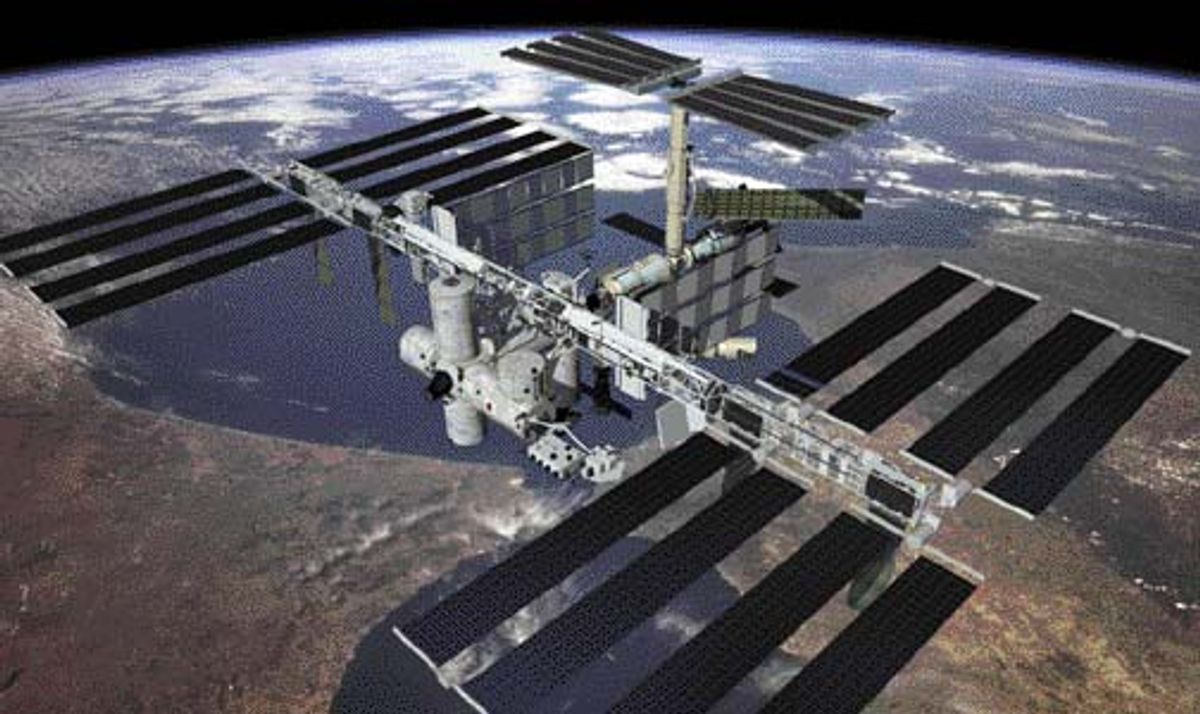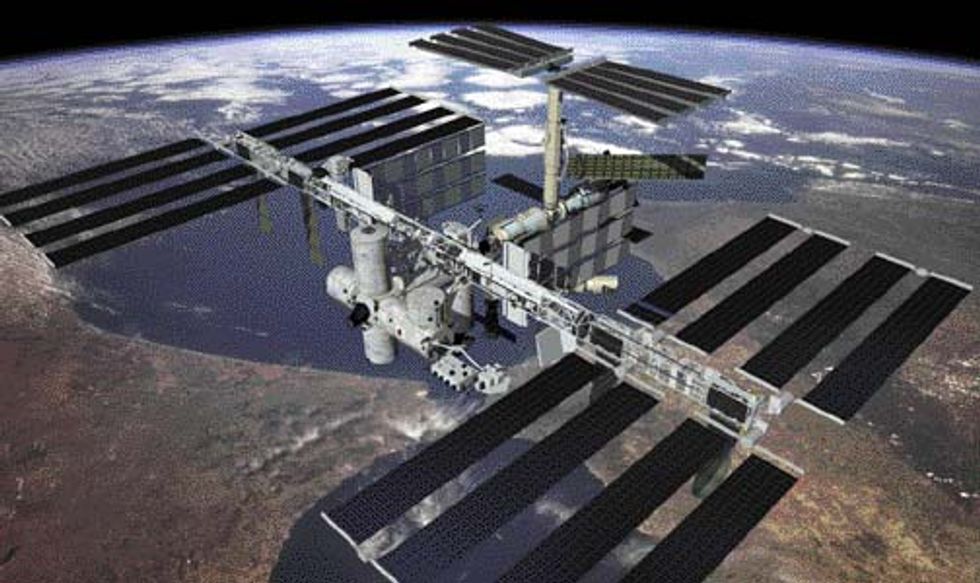Photo Credit: NASA
Yesterday afternoon, at 13:25 Greenwich Mean Time, the International Space Station finished re-orienting itself in preparation to dock with an unmanned Russian resupply ship. At 1:24 this morning, the Progress ship docked. And by 5:45, the ISS had rotated back to its original alignment in orbit.
The rotations are standard procedure. Typically, these two 180-degree maneuvers would cost roughly 320 kilograms of propellant, about one-fifth the total fuel brought by the Progress—a delivery with a multi-million dollar price tag.
But this time, NASA tried a new method for turning the ISS that makes optimal use of the station’s thrusters. The maneuver, developed by engineers at the Charles Stark Draper Laboratory in Houston, Texas and dubbed the “optimal propellant maneuver” (OPM), cut total fuel use to just 20 kilograms—a whopping 94 percent savings.
So how did NASA and the Draper engineers pull the stunt? The trick relies on sophisticated algorithms that take into account all the various things that affect how the station moves—for example, the position of its thrusters and the effects of gravity and gyroscopic torque.
“Think if it like you’re kayaking down a river,” says Nazareth Bedrossian, the project’s group leader at Draper. “You could take the most direct route and tackle any obstacles in your way.” Or, he says, you could be clever and choose a route that, although longer, lets you ride the quickest currents.
To steer the ISS along an optimal path, the calculated rotation is divided into 55 coordinates—each with a time code and orientation—which are then beamed to the station’s avionics.
Executing all 55 commands to make a full rotation took the station 90 minutes, about twice the time the turn would take using just one command from its onboard software. Like most satellites, the ISS is programmed to follow the most direct route from one attitude to another. This “shortest angle rotation” is the easiest to calculate, though not always the most fuel-efficient.
Given the success of this week’s low-fuel rotations, NASA hopes to make OPM a standard approach to maneuvering the ISS, says Ken Longacre, an attitude determination and control officer for the mission. OPM could similarly benefit military, commercial and space satellites by reducing their operating cost and extending their lifespan, Bedrossian says.
Bedrossian is also the lead engineer behind the “Zero Propellant Maneuver” (ZPM), which NASA demonstrated on the ISS back in 2007. By harnessing gravity and aerodynamic drag, the maneuver avoided ever firing the station’s thrusters, and so used no fuel at all. A little artificial power came from the spacecraft’s control motion gyroscopes—spinning momentum storage devices that run on solar-powered batteries and are normally used to make small adjustments in orientation. The only disadvantage of this maneuver was that it took nearly three hours to complete.




